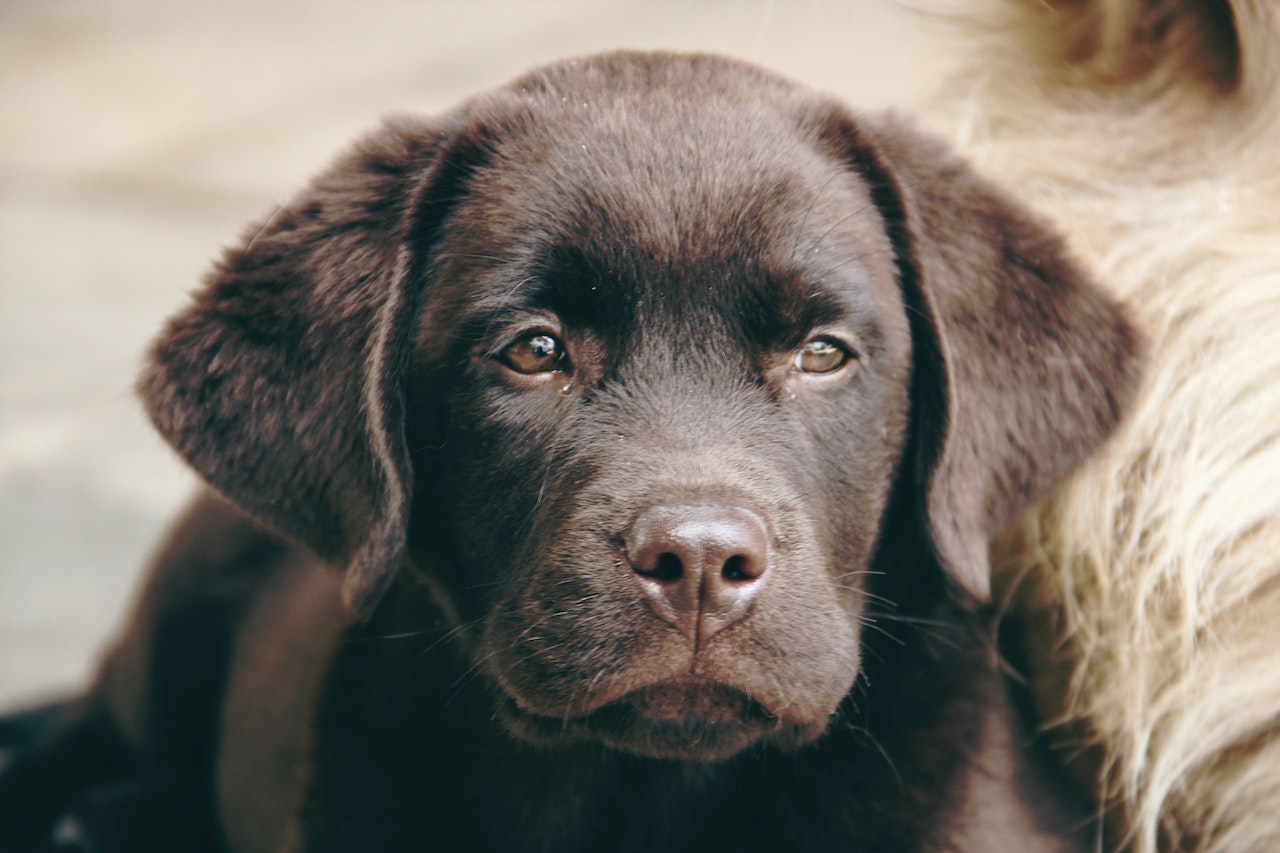How to Train a Skittish Dog
If you have a skittish Labrador, training can be challenging but not impossible. Skittishness in dogs can stem from various reasons such as genetics, lack of socialisation, or past traumatic experiences. However, with patience, consistency, and positive reinforcement techniques, you can help your skittish Labrador become more confident and well-behaved.
One important aspect of training a skittish dog is to create a safe and secure environment. Make sure your Labrador has a designated space where they feel comfortable and at ease. This could be a cosy crate or a quiet corner in the house. Providing them with their own space will give them a sense of security and help reduce their anxiety.
Socialisation is another key component in training a skittish dog. Gradually expose your Labrador to new people, animals, and environments in controlled settings. Start with familiar faces and calm surroundings before gradually increasing the level of exposure. Positive reinforcement techniques like treats, praise, and playtime can help reward desired behaviour and boost their confidence.
Remember that each dog is unique and may require different approaches when it comes to training. It’s essential to observe your Labrador’s body language and adjust your methods accordingly. If you’re unsure about how to handle certain situations or need additional guidance, consulting with a professional dog trainer or behaviourist can be beneficial.
Creating a Safe and Calm Environment for Training a Skittish Dog
In order to effectively train a skittish dog, it’s crucial to establish a safe and calm environment. By providing the right atmosphere, you can help your furry friend feel more secure and confident during training sessions. Here are some key steps you can take:
- Designate a Quiet Space: Find a quiet area in your home where distractions are minimal. This could be a spare room, a corner of your living room, or even an outdoor space with minimal foot traffic. Setting aside this designated space will help create an environment that is free from excessive noise and commotion.
- Remove Potential Stressors: Identify any potential stressors in the environment that may trigger anxiety or fear in your skittish dog. These stressors could include loud noises, unfamiliar objects, or other pets in the household. Take steps to minimise these triggers by keeping the area tidy and organised, using white noise machines or calming music to mask sudden sounds, and gradually introducing new stimuli at your dog’s pace.
- Provide Comfortable Bedding: Make sure your skittish dog has access to comfortable bedding or blankets within their designated space. Providing them with a cosy spot they can retreat to when they feel overwhelmed will help them relax and associate the training area with feelings of safety.
- Use Soft Lighting: Harsh lighting can create an unsettling atmosphere for skittish dogs. Opt for soft lighting options such as dimmer switches or lamps with warm-toned bulbs. This gentle lighting will promote relaxation and contribute to a calm environment during training sessions.
- Maintain Consistency: Dogs thrive on routine and familiarity, so it’s important to maintain consistency within their training environment. Stick to regular training times and keep the layout of the designated area consistent whenever possible.
By creating a safe and calm environment for training sessions, you’ll be setting up your skittish dog for success. Remember, patience and positive reinforcement are key when working with a nervous pup. With time, consistency, and a nurturing environment, you’ll be amazed at the progress your skittish dog can make. Building Trust through Positive Reinforcement
When it comes to training a skittish dog, one of the most effective approaches is building trust through positive reinforcement. This method focuses on rewarding desired behaviours rather than punishing unwanted ones. By using rewards and praise, you can help your dog feel more confident and secure in their environment.
